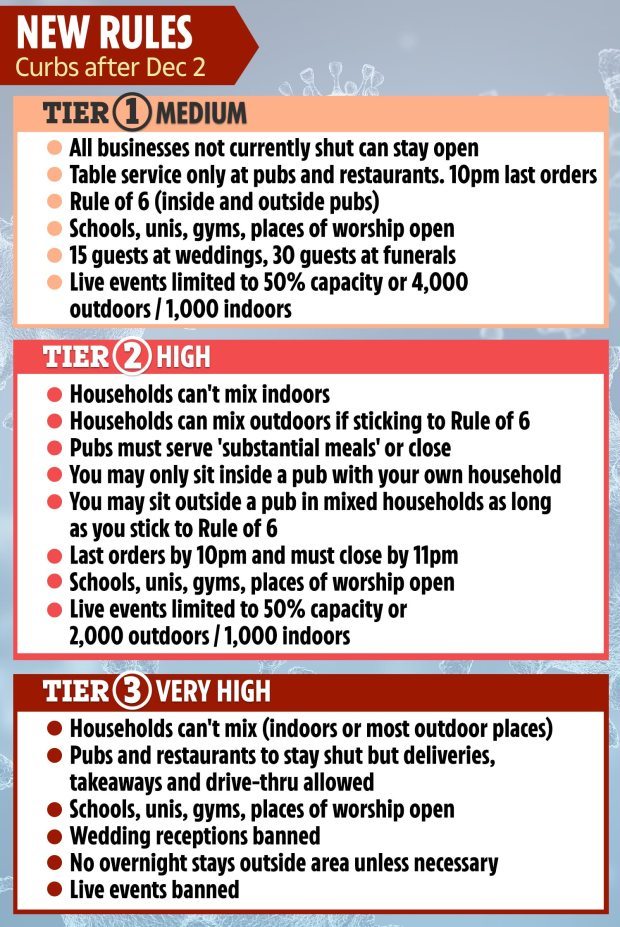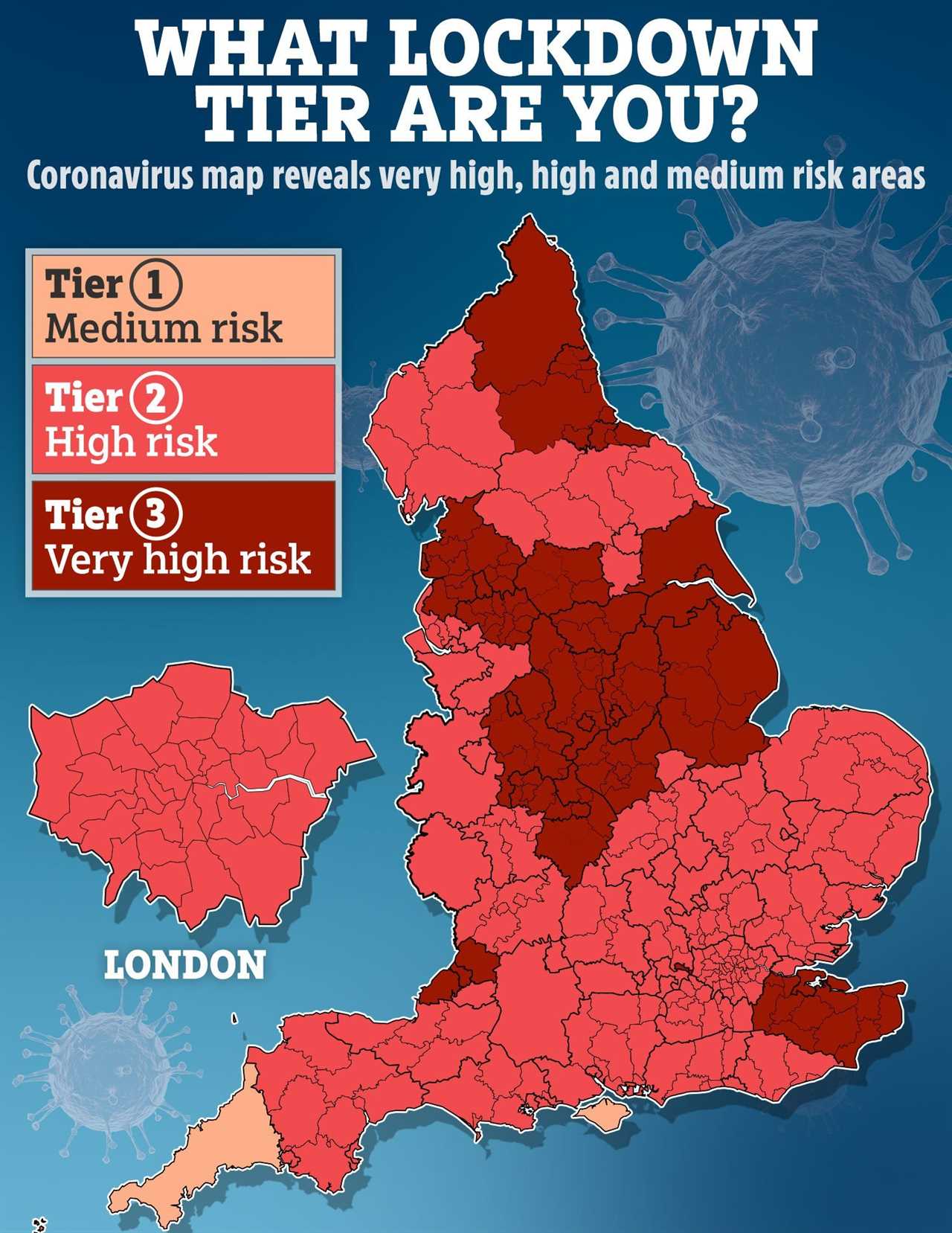THE UK’s death toll increased by 616 today with 12,282 more infections recorded as Britain became the first nation to roll out the Pfizer vaccine.
The figures show a rise in deaths in comparison to yesterday’s numbers but a drop in cases, with 14,718 new coronavirus cases and 189 deaths recorded on Monday.
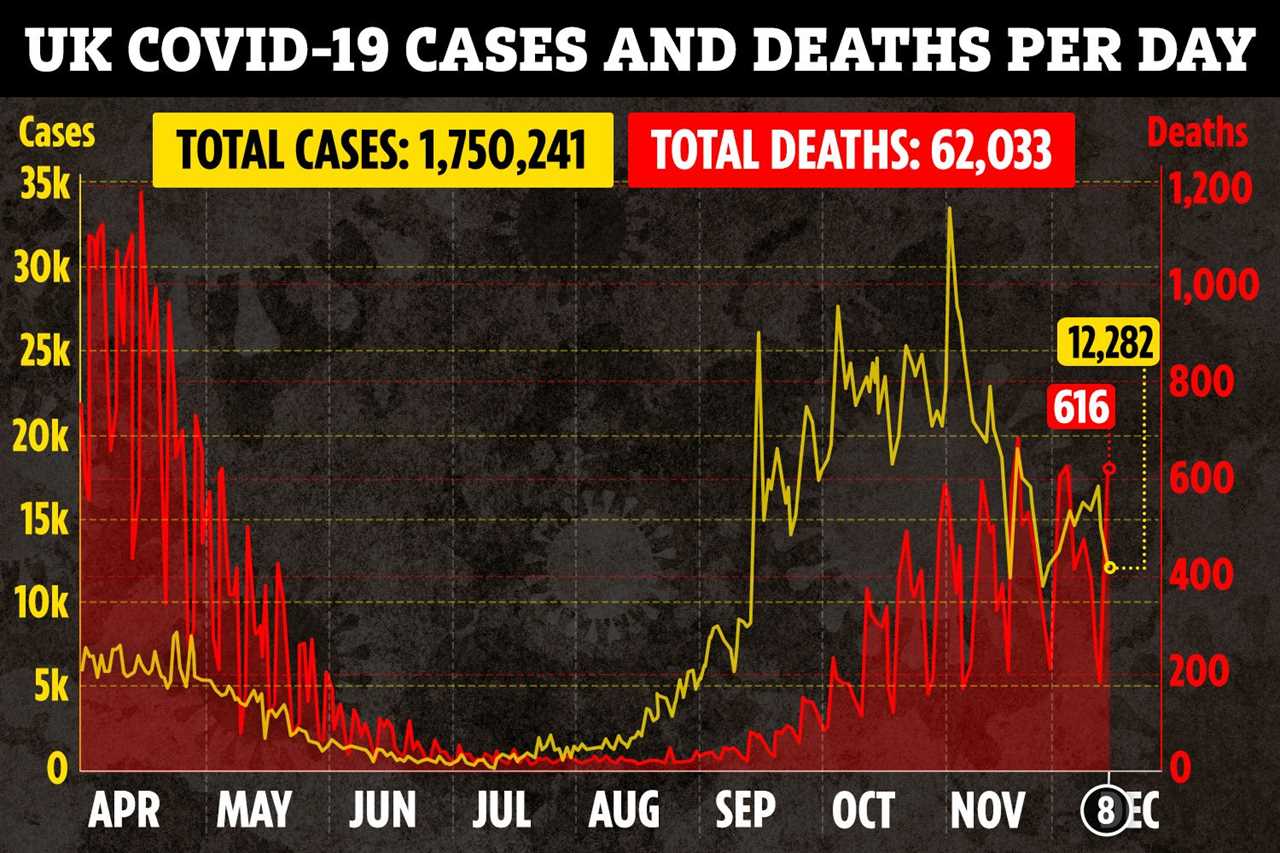
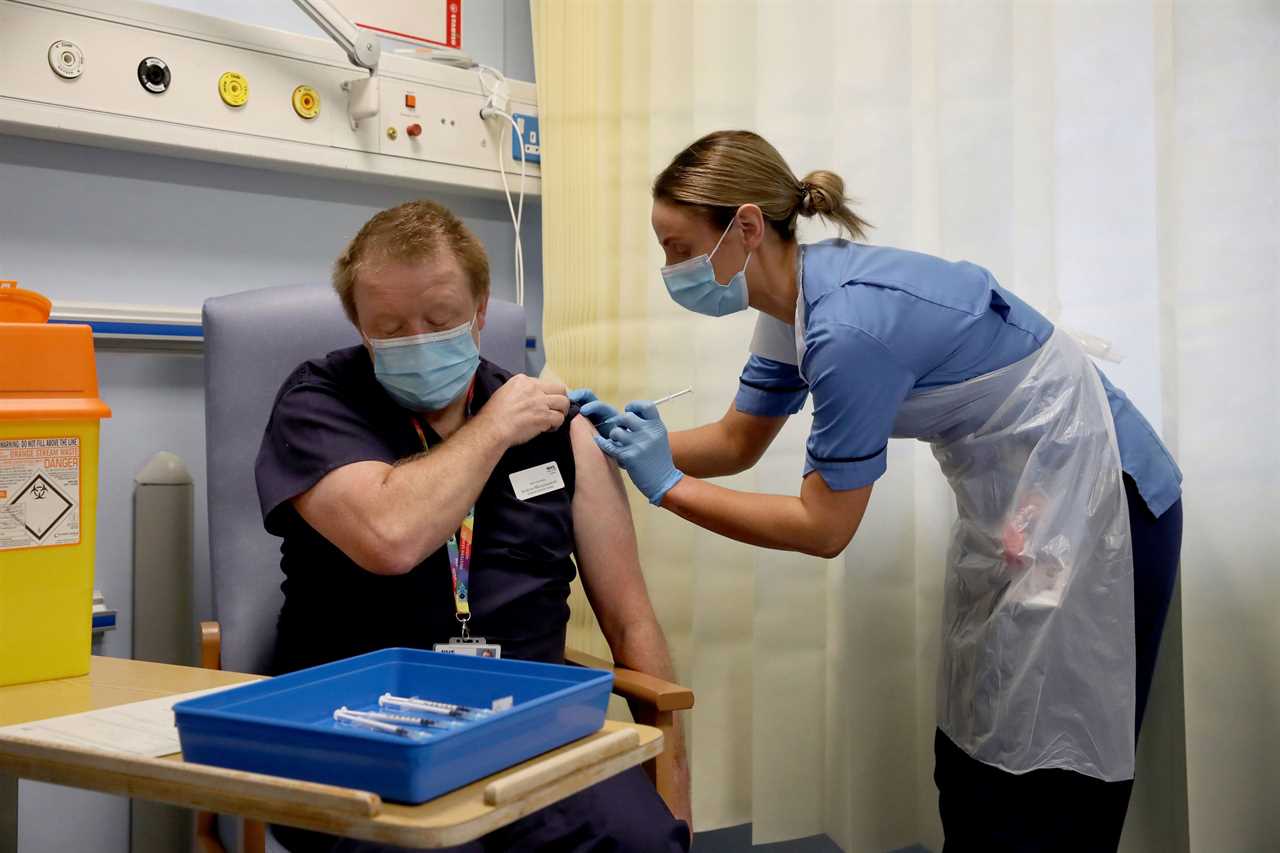
Last Tuesday, 603 deaths were recorded in the UK and 13,430 Brits tested positive for the virus – the UK’s death toll now stands at 62,033.
The news comes as Britain marks V-Day – the first day of delivering the long-awaited Covid vaccine to OAPs and NHS workers up and down the country.
Margaret Keenan, a 90-year-old gran, became the first Brit to be vaccinated, marking a historic moment in the fight against Covid-19.
Known as Maggie to friends, the gran celebrated receiving the jab at 6.31am at her local Coventry hospital, West Mids, with a cup of tea.
And William “Bill” Shakespeare, 81, was hot on her heels as the second Brit to be given the jab after UK regulators approved its use last week.
Today’s statistics come as…
- Suffolk, Warrington and Cheshire, Buckinghamshire and Somerset became the four top areas at risk of going into Tier 3 coronavirus lockdown next week
- Sky News host Kay Burley was dropped from her show today after breaking Tier 2 Covid rules while celebrating her 60th birthday
- An emotional Matt Hancock cried live on TV, saying the Covid vaccine breakthrough made him “proud to be British”
- William Shakespeare, the second patient in the world to receive the ground-breaking Covid-19 jab sent social media wild with his name
Boris Johnson today hailed the “amazing” vaccine roll out but warned the country “we can’t afford to relax now”.
He told reporters: “[The vaccine] will make a huge difference, but we are not there yet.
“People need to understand the virus is still rising in some parts of the country. We got it down as a result of the measures in November. We can’t afford to relax now.”
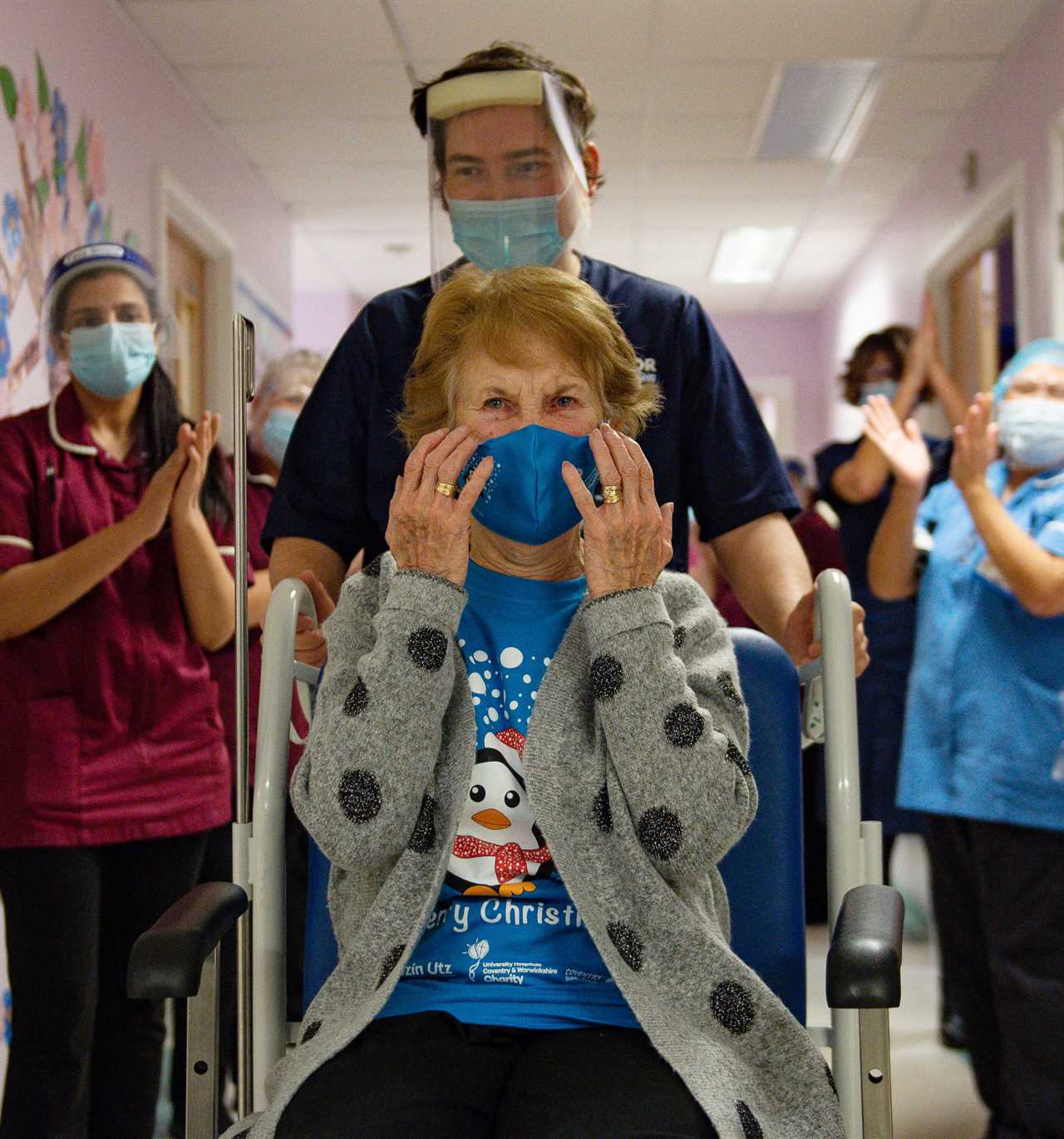
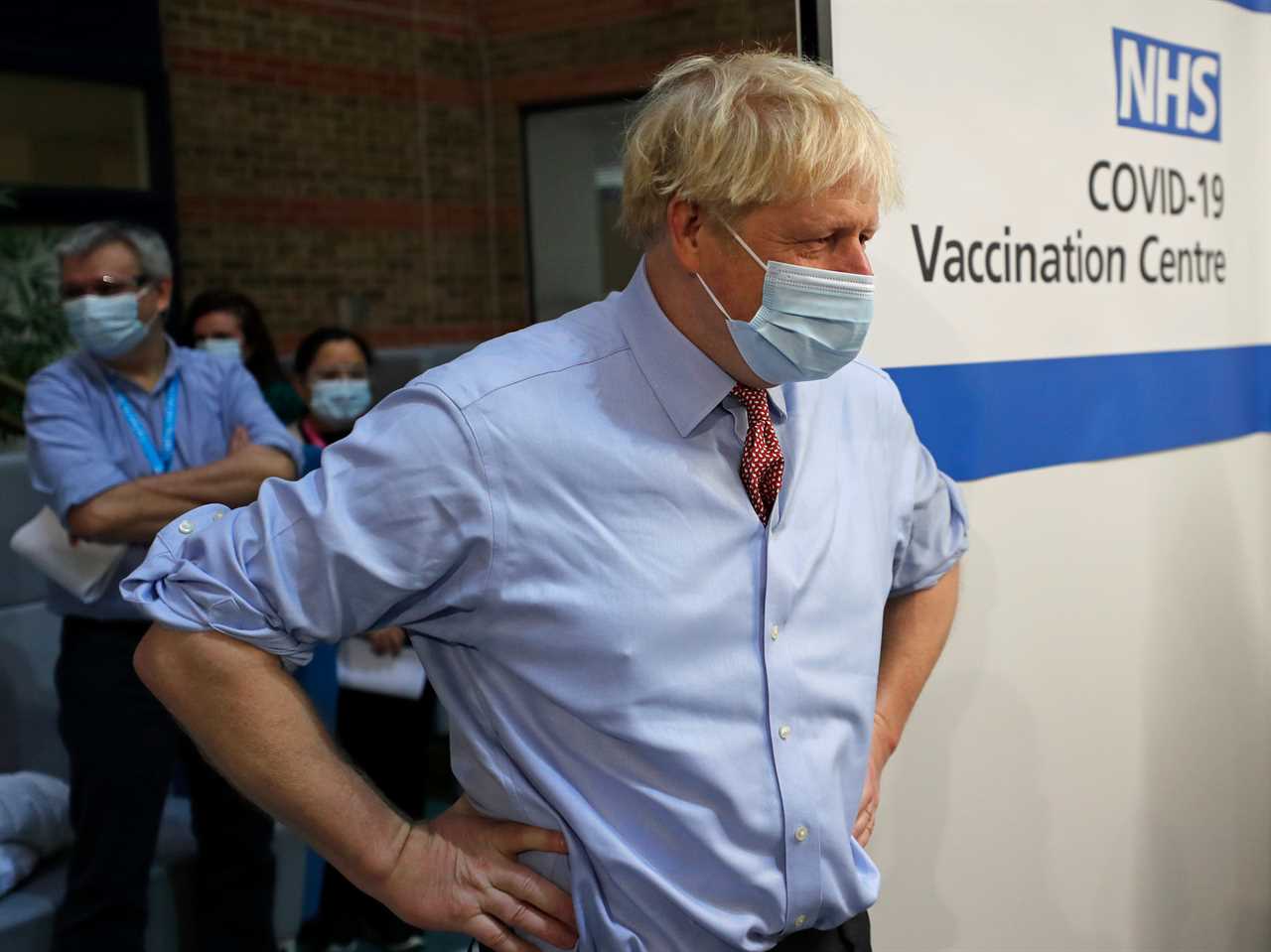
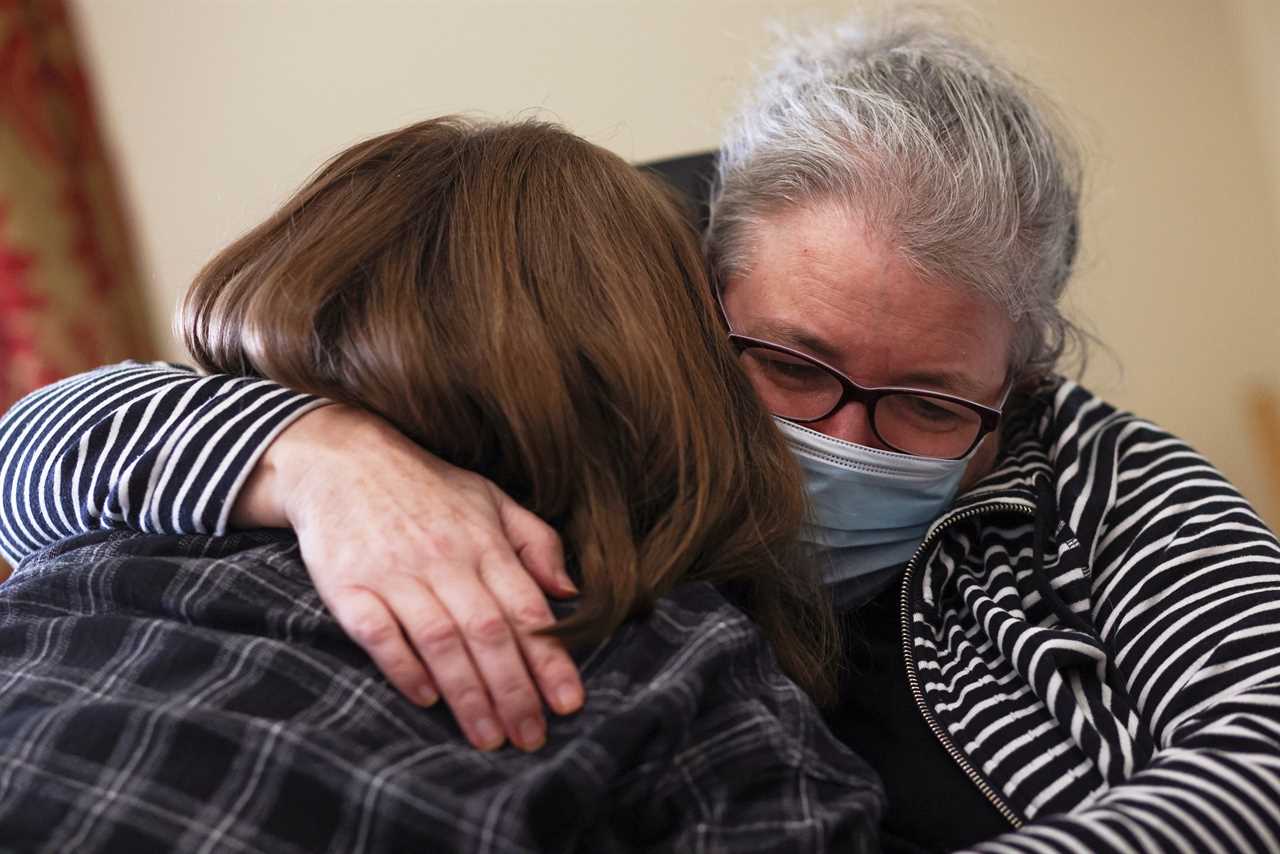
On 16 December, government officials are due to review England’s tier system, with fears London’s rising cases may see it plunged into Tier 3 restrictions.
The capital’s infection rate is now higher than many Tier 3 areas with more than 15,000 people testing positive in the past week and cases growing in 21 of the city’s 32 boroughs.
London’s director for PHE, Prof Kevin Fenton today urged people to stick to social distancing rules as the capital enters the first weekend since restrictions eased.
But across the whole of Britain, deaths, positive cases and hospitalisations from the virus have fallen since November, showing the positive results of England’s four-week lockdown, which ended on December 2.
And Scotland today recorded a further 33 deaths from coronavirus, with 692 positive tests in the past 24 hours, Scottish Government figures show.
The figures bring the daily test positivity rate to 5.5%, down from 6.7% on the previous day.
First Minister Nicola Sturgeon said Scots should “allow ourselves a smile” after the vaccine roll out began today.
She said: “This is a milestone we have all longed for. It offers hope, at long last, that we may now be at the beginning of the end of this pandemic.”
But in Wales, infection rates remain high.
The country currently has the highest Covid infection rate of any part of the UK with 308.3 per 100,000 people based on the seven days up to December 4.
Across Wales, 780 new cases were detected today, bringing the total number to 91,792.
Public Health Wales reported another 31 deaths, taking the total in Wales since the start of the pandemic to 2,725.
Wales’ Health minister Vaughan Gething revealed yesterday that eight local authorities in Wales now have rates higher than 400 cases per 100,000 people.
He added that there are now more than 1,800 coronavirus-related patients in hospitals around Wales – the highest number ever recorded.
In England, a further 325 people who tested positive for coronavirus died in hospital in England, bringing the total number of confirmed deaths reported in hospitals to 42,904, NHS England said on Tuesday.
Patients were aged between 42 and 101.
All except 12, aged between 56 and 93, had known underlying health conditions.
The deaths were between November 5 and December 7 with the majority on or after December 4.
